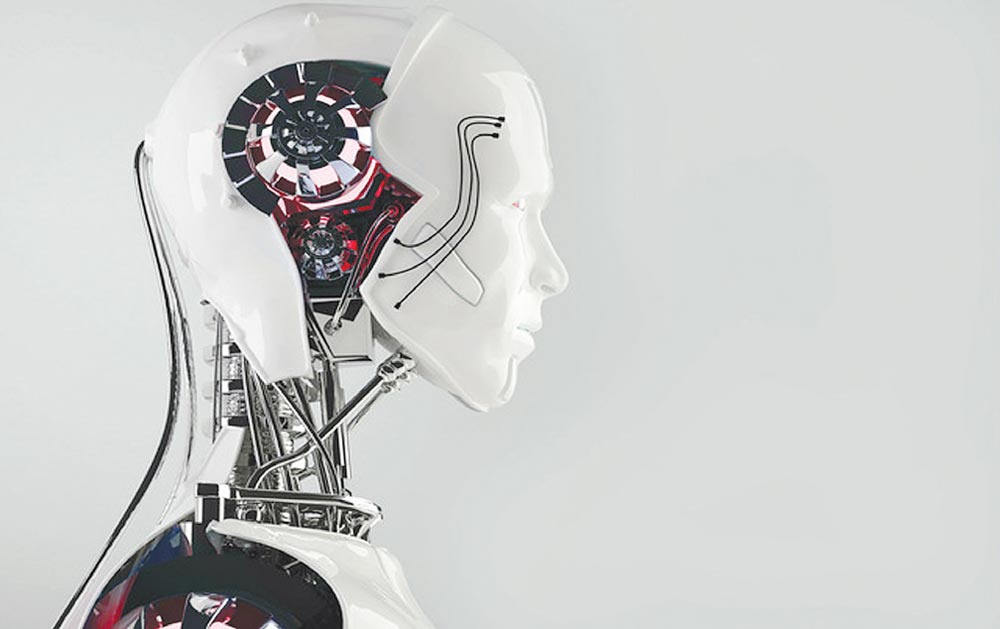- California Assembly OKs highest minimum wage in nation
- S. Korea unveils first graphic cigarette warnings
- US joins with South Korea, Japan in bid to deter North Korea
- LPGA golfer Chun In-gee finally back in action
- S. Korea won’t be top seed in final World Cup qualification round
- US men’s soccer misses 2nd straight Olympics
- US back on track in qualifying with 4-0 win over Guatemala
- High-intensity workout injuries spawn cottage industry
- CDC expands range of Zika mosquitoes into parts of Northeast
- Who knew? ‘The Walking Dead’ is helping families connect
MIT’s Nightmare Machine: The Scary Potential of Artificial Intelligence
The end is near.
MIT just developed the “Nightmare Machine”, which collects ordinary images from the internet and morphs them in order to make them look as frightening as possible. Fed by user-surveys where people judge which images are the scariest, it’s part of a growing trend in machine-learning where we give computer programs the keys to understanding human nature: our strengths and weaknesses and everything in between.
Created by the sole effort of just three researchers, it’s a seemingly innocuous project – a gimmick designed to stir up interest in artificial intelligence before the upcoming Halloween holiday. But it’s still a sign of how fast research in AI is moving. Developments are occurring at a pace that even some of the more optimistic believers in the future of AI wouldn’t have thought possible. Even President Obama has recently chimed in – declaring that AI will force society as a whole to undergo drastic changes in the very near future.
The accelerating pace of AI development is making it one of the most important issues of our time. AI could improve every aspect of an life but this must done in a careful and transparent way. Projects like OpenAI – which aim to expand and open up AI development to everyone rather than trying to hinder it – are the only way we are going to truly be able to harness and control its near-limitless potential. The solution to the growing risks that AI pose is more technological development, not less.
We would like to think of human nature as being fundamentally unknowable, with endless layers of emotions deeply embedded into our sub-consciousnesses. But a computer being able to understand what makes certain images scary is a small step in the direction of understanding the nature of fear – and perhaps eventually human nature as a whole. And if everything that AI knows about us comes from the electronic wasteland that we like to call the internet – then God help us. Just ask Tay, Microsoft’s brief and regrettable AI-controlled Twitter account that quickly became a racist, xenophobic, misanthropic monster.
The changes that AI will bring in the future will be impossible to predict: now it might be a few scary images, the next it’s a Terminator-esque future where robots are in charge of society. Let’s hope that we can stay in control AI instead of letting it control us.














kelly
November 26, 2017 at 1:57 PM
yes..I like the basic concepts behind Second Life but it seems incredibly outdated and when I played it was intensely non-intuitive / user friendly to an extent that made EVE look like a game for toddlers. thanks from
togel online